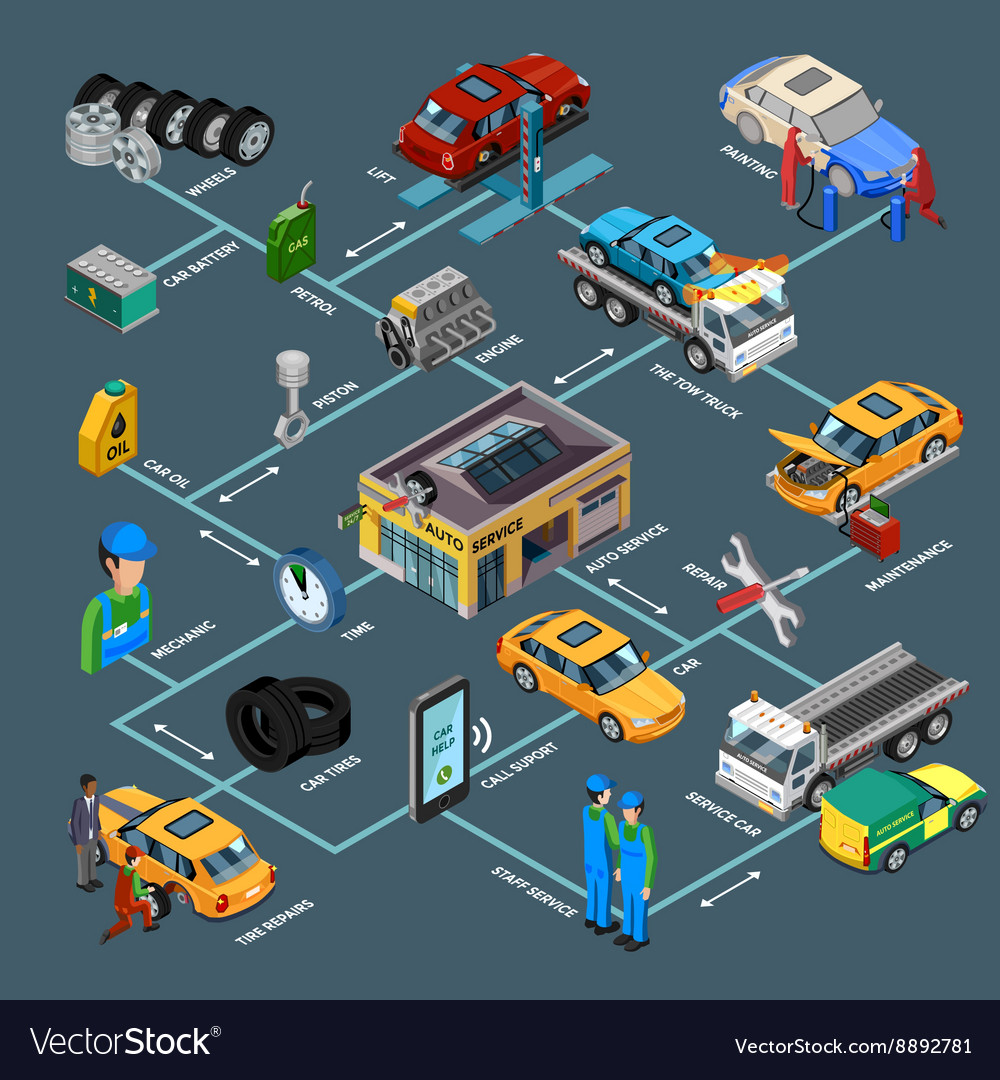A Novice'S Manual For Interpreting Your Automobile'S Alert Lights
A Novice'S Manual For Interpreting Your Automobile'S Alert Lights
Blog Article
check out this site -Schwartz Eriksson
When you're behind the wheel, those little warning lights on your auto's control panel can be rather puzzling. What do they imply, and should you be concerned? Comprehending these signals is important for your vehicle's well-being, but it does not need to be an overwhelming job. By deciphering the secret behind each light, you'll be geared up to handle potential problems successfully and keep your automobile running efficiently. So, next time a warning light flashes, do not panic - arm yourself with knowledge and take control of the scenario.
Value of Cars And Truck Caution Lights
Understanding the importance of your cars and truck's warning lights is crucial for preserving your car's health and safety. These lights serve as your automobile's communication system, signaling you to possible concerns that can endanger your safety when driving or result in expensive repairs if neglected. By paying attention to these warnings, you can deal with troubles early and avoid additional damage to your vehicle.
Overlooking warning lights can lead to severe effects, such as engine failing, brake breakdowns, and even mishaps. These lights are created to alert you of problems varying from low tire pressure to engine breakdowns, offering you the possibility to do something about it before the circumstance intensifies. On a regular basis checking and understanding these cautions can save you time, cash, and ensure your safety while driving.
In addition to maintaining you safe, responding immediately to alerting lights can also aid prolong the lifespan of your automobile. By addressing concerns early, you can stop small problems from rising right into significant repair services, inevitably saving you money and time over time. Bear in mind, your car's caution lights are there for a factor - don't disregard them!
Common Caution Lighting and Meanings
When it comes to driving your vehicle, knowing usual warning lights and their meanings is essential for your security and car upkeep. Here are a couple of typical caution lights you may run into:
1. ** Inspect Engine Light **: This light shows a concern with your engine. It could be something minor like a loose gas cap or something extra severe like engine misfiring.
2. ** Battery Light **: This light signals a trouble with your cars and truck's charging system. It might indicate a damaged battery, alternator, or various other relevant elements.
3. ** Oil Stress Light **: When this light comes on, it indicates your engine may be running low on oil or experiencing reduced oil pressure, which can cause engine damage otherwise resolved promptly.
4. ** Brake System Light **: This light indicates an issue with your stopping system. It can imply low brake liquid levels or a problem with the brake system that requires instant attention.
Understanding these common caution lights will assist you identify possible issues beforehand and stop even more significant issues later on.
How to Respond to Caution Lights
In case a caution light brightens on your automobile's control panel, it's essential to react quickly and properly. When a warning light comes on, the primary step is to consult your owner's manual to understand the details issue shown by the light.
Some lights require prompt focus, while others might indicate a less urgent issue. If the warning light is red or blinking, it's commonly an indicator of a severe issue that needs immediate action. In such instances, it's a good idea to pull over safely, turn off the engine, and look for professional help.
For yellow or orange warning lights, while they may not require prompt interest, it's still crucial to address the hidden problem promptly to avoid further damages. Routine upkeep and examination can aid prevent warning lights from beginning unexpectedly.
mechanic jobs near me
In conclusion, recognizing your auto's warning lights is critical for preserving your lorry's health and safety. By frequently inspecting and reacting to these cautions, you can deal with prospective concerns early and prevent expensive repair work or safety and security risks. Bear in mind to consult your owner's guidebook for information on different warning lights and always take immediate activity for red or blinking lights. Remain aggressive and maintain your automobile running smoothly!
